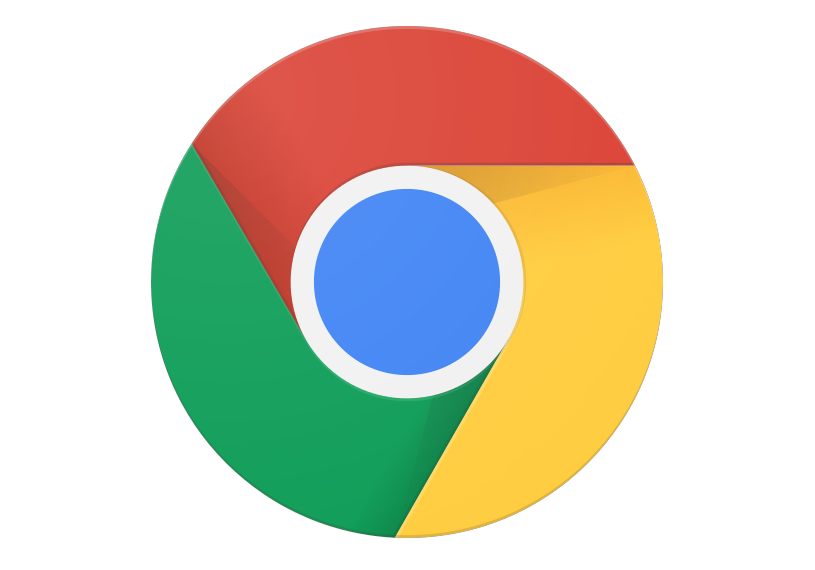
WebGPU, a technology that enables fast 3D graphics and data-parallel computation on the web, has been launched by the Chrome team after years of development. It is now enabled by default in Chrome 113, which is in the Beta channel.
WebGPU is now available in Chrome
WebGPU is a fresh graphics API for the web that provides greater flexibility in GPU programming and offers advanced features not found in WebGL.
This results in significant benefits such as much lower JavaScript workload for the same graphics and over three times faster machine learning model inferences. Google Chrome has added Memory Saver and Energy Saver modes in a recent update.
WebGPU is a new API for the web
WebGPU is a new API for the web, allowing rendering and computation operations on a GPU with advanced features and first-class support for general computations. It offers an idiomatic JavaScript API, integration with promises, and a polished developer experience.
Future updates will offer more advanced graphics features, and there are plans to provide deeper access to shader cores for machine learning optimizations. Developed by the W3C’s “GPU for the Web” Community Group, WebGPU is now available in Chrome with support for Firefox and Safari in progress. Both the Dawn and wgpu libraries offer great portability and ergonomic layers.
Library support
Google also announced that several widely used WebGL libraries are implementing WebGPU support.
Browser support
WebGPU’s initial release is accessible in Chrome 113 on ChromeOS and Windows devices with Vulkan and Direct3D 12 support, as well as on macOS. Support for Linux, Android, and other platforms is coming soon. WebGPU is a work-in-progress on Firefox and Safari, in addition to the initial implementation in Chrome.
Availability
Google said that WebGPU’s initial release is supported on ChromeOS, macOS, and Windows. It also added that other platforms will get support later this year.